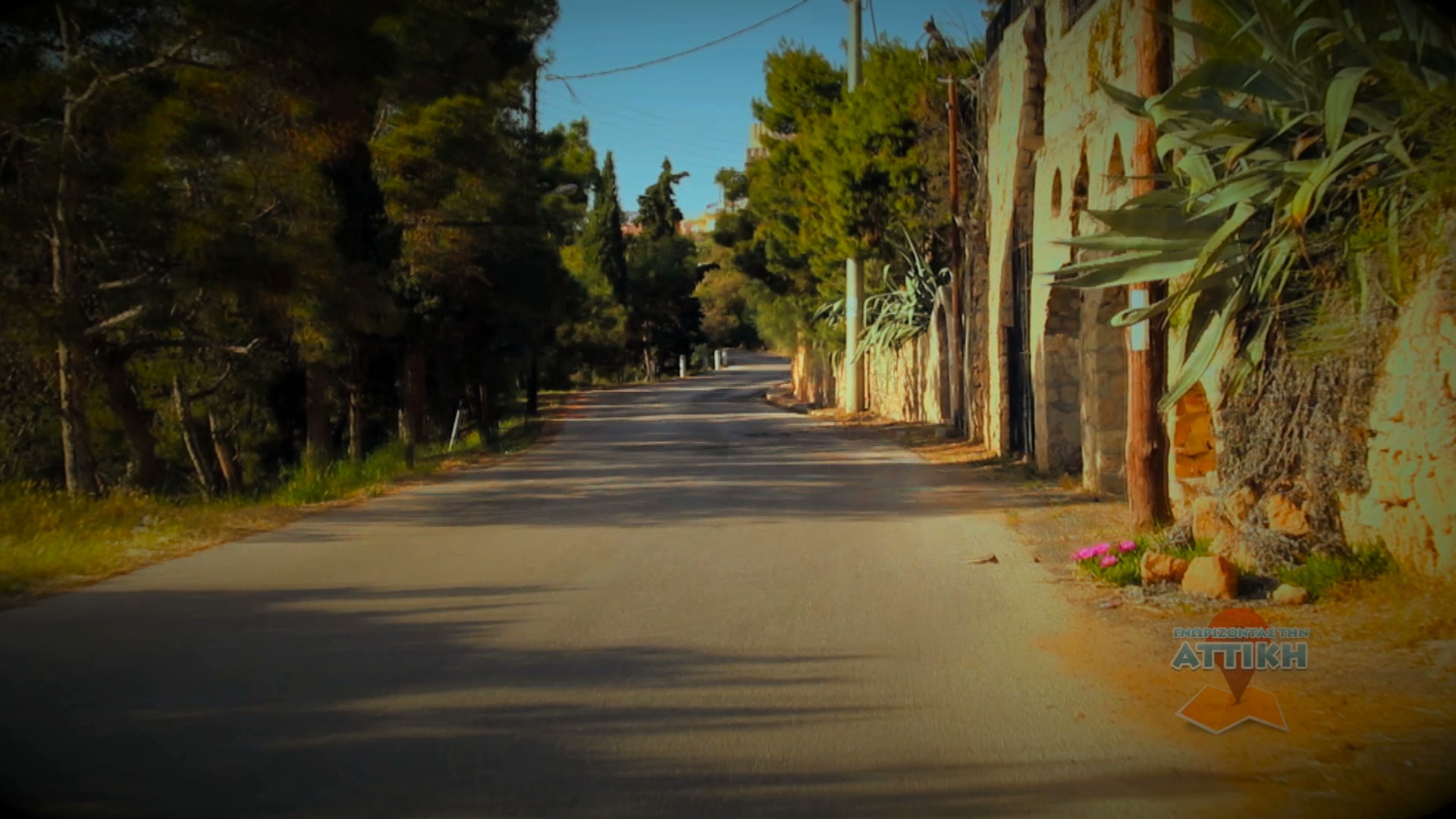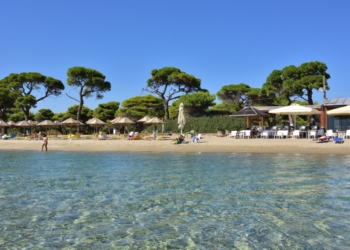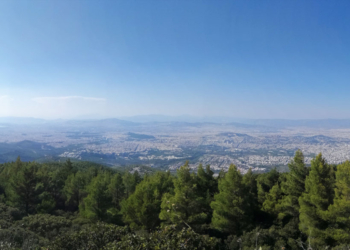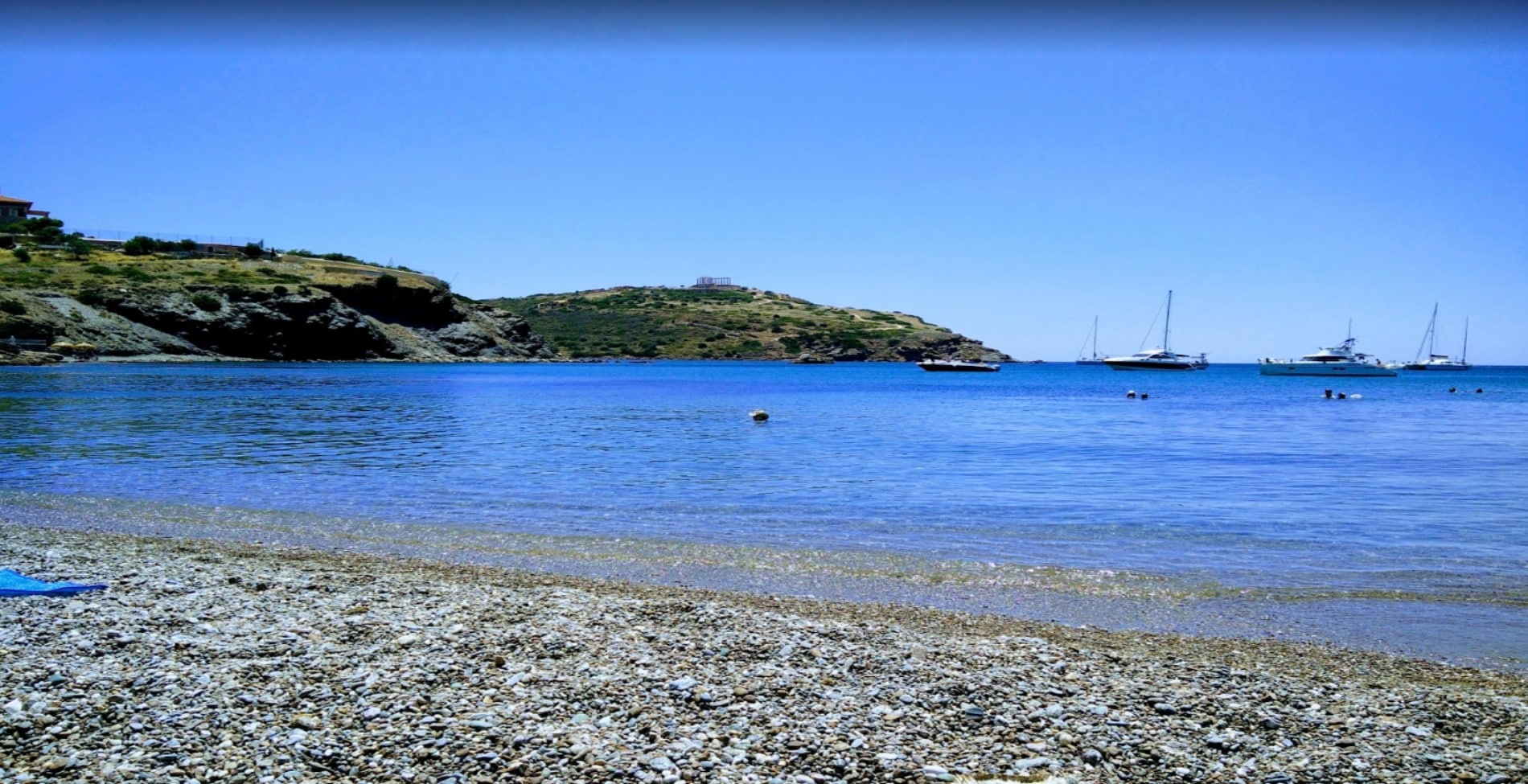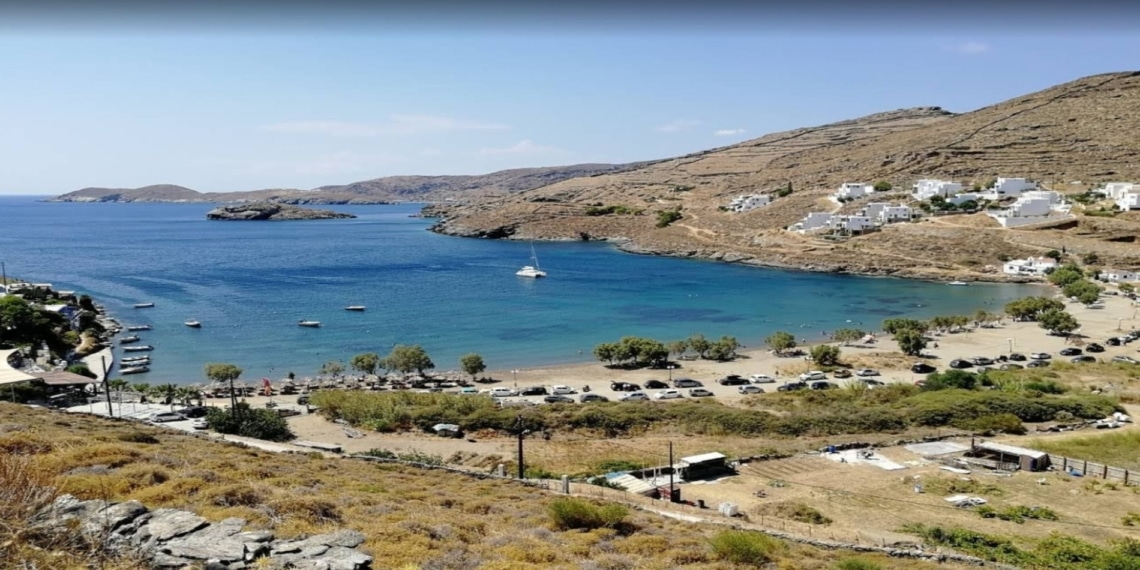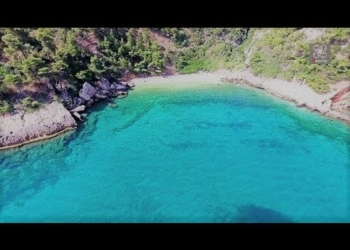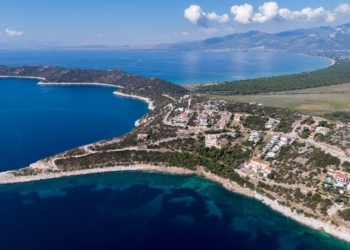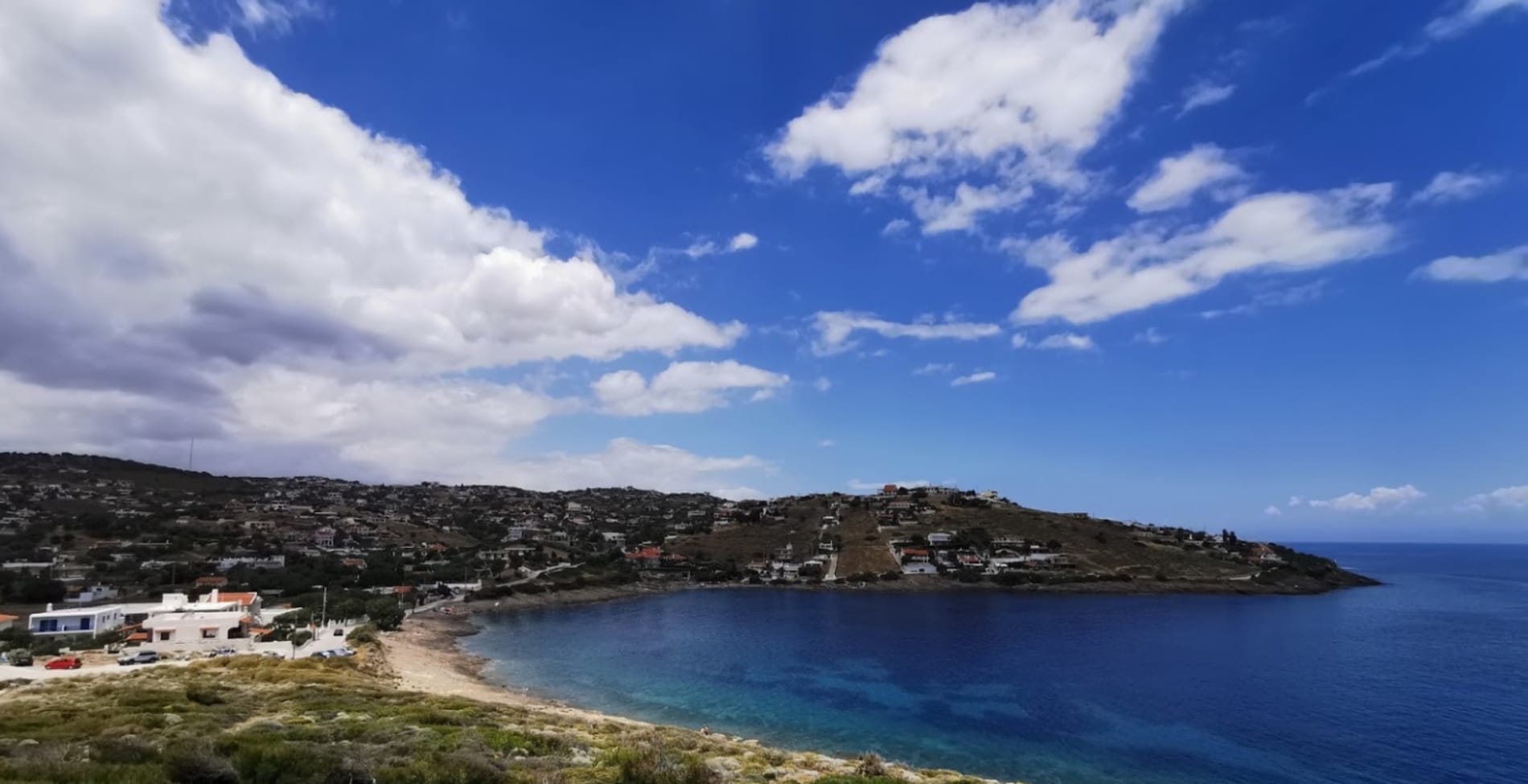I’ve long wanted to visit Aegina. So I go to the port in the morning, get a ticket and sail!
Aegina has been considered for years, a suburb of Athens and Piraeus. In fact, some have chosen it as a permanent place of residence. There’s no< ring> [cars aloud to drive down town] there. But it’s got a sea around it. It has a city with a history with architectural aesthetics after all in its youth it was the capital of the Greek state.
How to get there
Go to the port early or you’ll see the boat go. Ticket offices at this hour are empty, so you’ll get the tickets right away. The ship sails to Aegina on time. Aegina is only 17 nautical miles from Piraeus and the trip is pleasant and relaxing. In an hour and ten minutes the ferry ties to the port of Aegina.
My route from the center of Athens to the port of Aegina is ecological and economical as the car I drove burned only 5 euros of fuel!
What to do when you get there
The weather is good despite the sparse clouds. The first reconnaissance car ride will definitely make you park and start a morning walk. The morning walk in Aegina that has just woken up, has its own special beauty. The landscape resembles a living painting dominated by a city in dialogue with the sea. The boats and the fishing boats, tied in a row, as if it were a necklace on the neck of an elegant lady. Further down, the floating grocery stores are the attractions of the port. On the coastal road you will find two traditional small cafe shops next to each other, there is no territorial boundary between them.
Kolona Hill
I chose to do the tour of the center of Aegina for the end. For now, I will take the coastal road to Vathi and to Paleachora, the medieval capital of the island. I am not far from the port and i gaze on an impressive monument of 2500 years old. In the famous Colona. The hill was named Kolona by the Venetian sailors, who had as their orientation sign, the monolithic standing, among the ruins of the once majestic temple of Apollo.
The bronze statue of mother Kapralos
About three kilometers outside the town of Aegina, in the area of plakakia on the road I am stopped by the mother of Kapralos. The iconic bronze statue of the mother is inspired by the mother of the great artist and the relationship he had with her, after being orphaned by a father at a very young age. One of the most important sculptors of modernism, Christos Kapralos came here in 1963 and set up his summer workshop located opposite his large sculpture. Today it functions as a museum, small but with a large collection of his works. In the same neighborhood just down the street is the house of Nikos Kazantzakis. The important speechwriter, the most translated in the world, lived here for twenty years.
Tour of Paleachora
On my way I meet the Monastery of Agios Nektarios, with the impressive temple dimensions. It is dedicated to the patron saint of Aegina, Agios Nektarios the miracle worker. In fact, according to popular tradition, he performed miracles while he was alive. I follow the road behind the majestic temple,
And two or three turns later, the Mystras of Aegina is revealed to me. The imposing Paleachora. The medieval capital of the island is perched on a high hill. I leave the car and walk down the path that starts from the road.
The Paleachora created in 700 A.D. The city is not visible from the sea. And the steep vertical east side of the hill offered the inhabitants in those years relative protection from pirates. I walk and my mind gives birth to images. It’s like watching Byzantine skeletons go up and down its narrow cobblestones.
I really enjoyed this trip and I make an appointment with the city of Aegina in the next episode to get to know her better!


